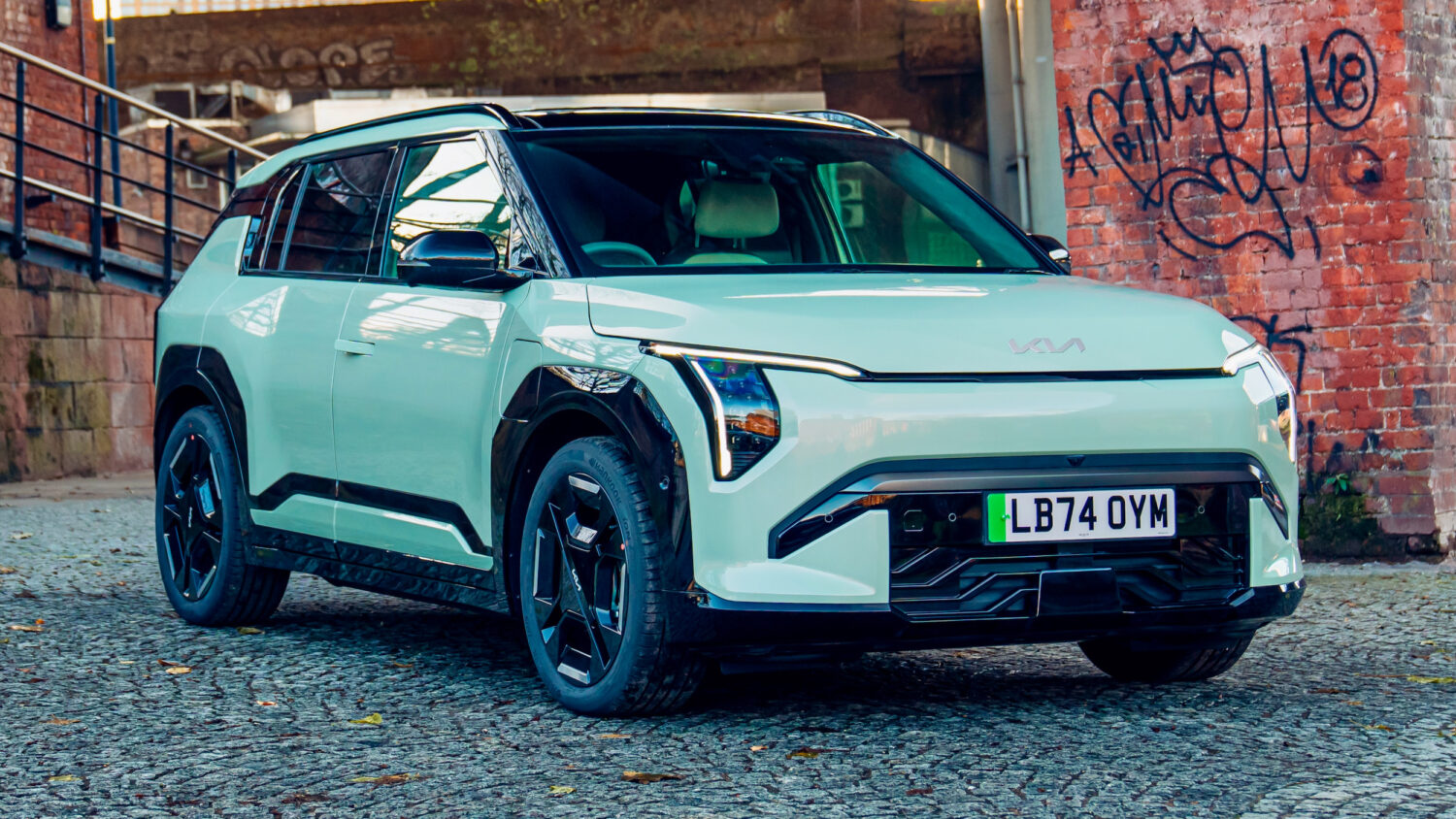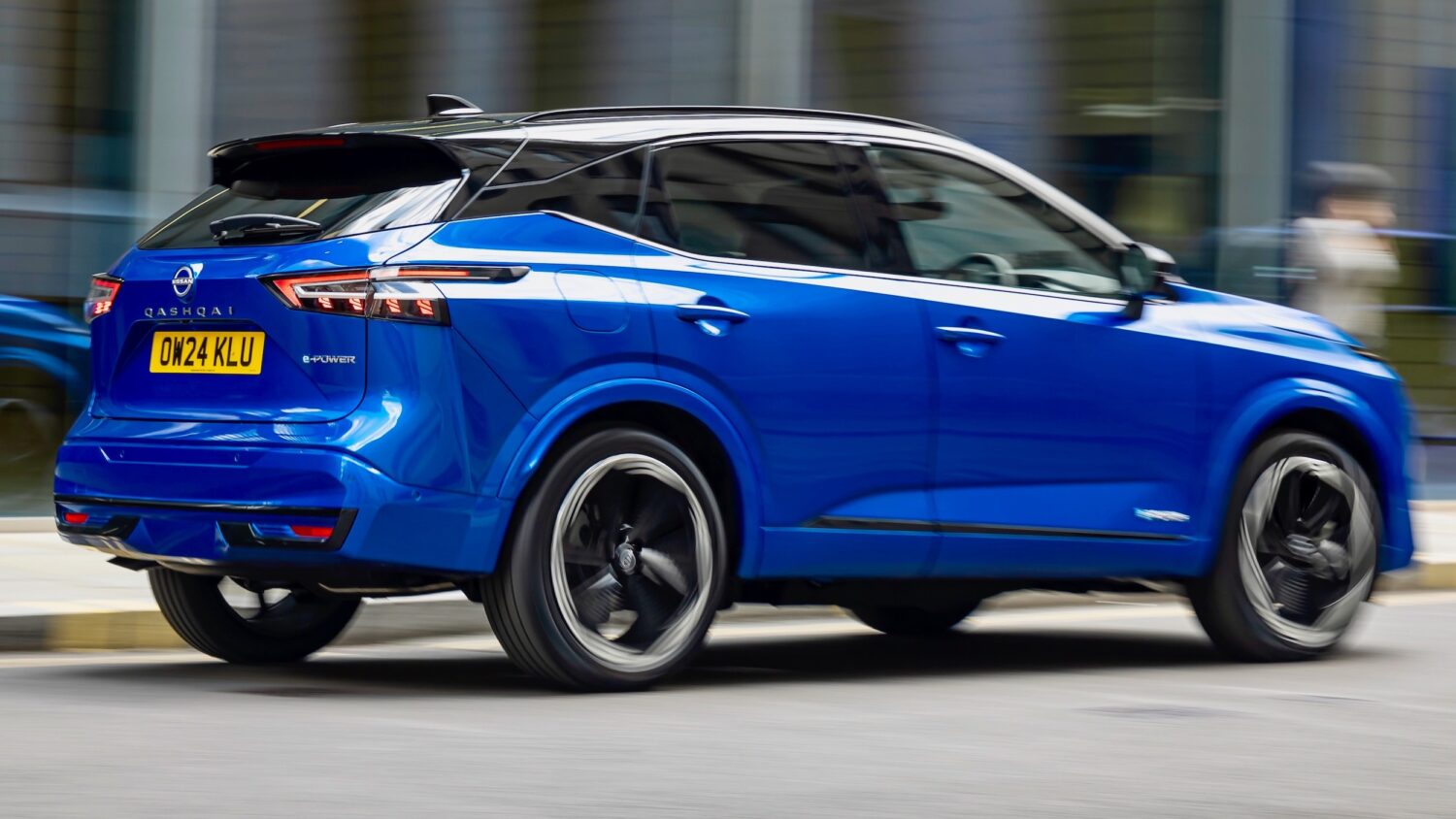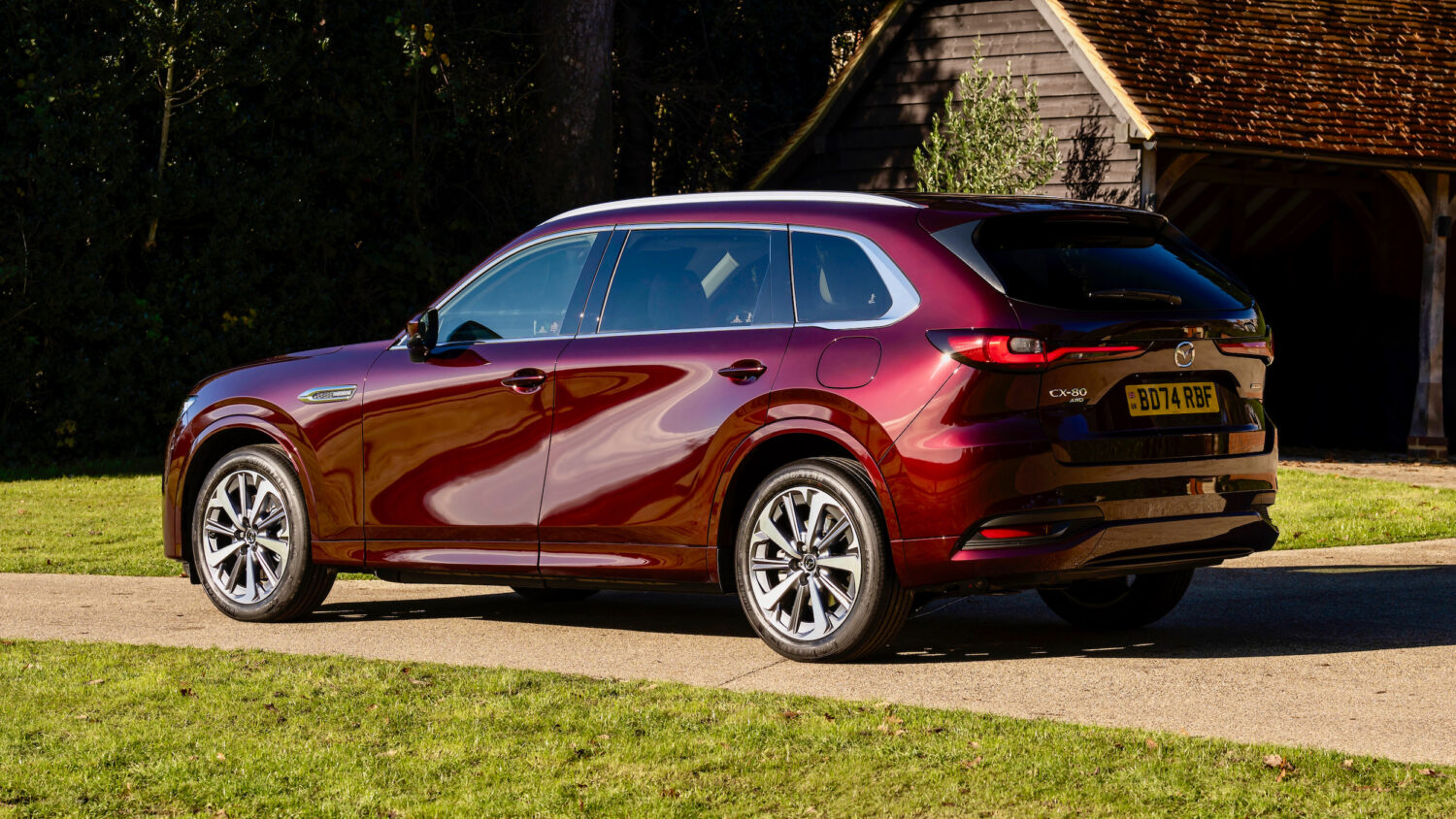With their first two SUVs, the Chinese brand Omoda is very serious about coming to Britain and taking on the legendary brands
Yes, a petrol-powered, non-hybrid newcomer joins the range when most legend manufacturers are moving into electric power big time and sacrificing sales to buyers who still want a fossil-fuelled car to meet their particular needs.
The Ford Puma-sized Omoda 5 from £25,235 costs the same as a smaller SUV, but it comes with a good specification and a really good 7 years or 100,000 miles warranty, rolling annual servicing and roadside recovery backed up by overnight parts distribution throughout the UK with DHL.


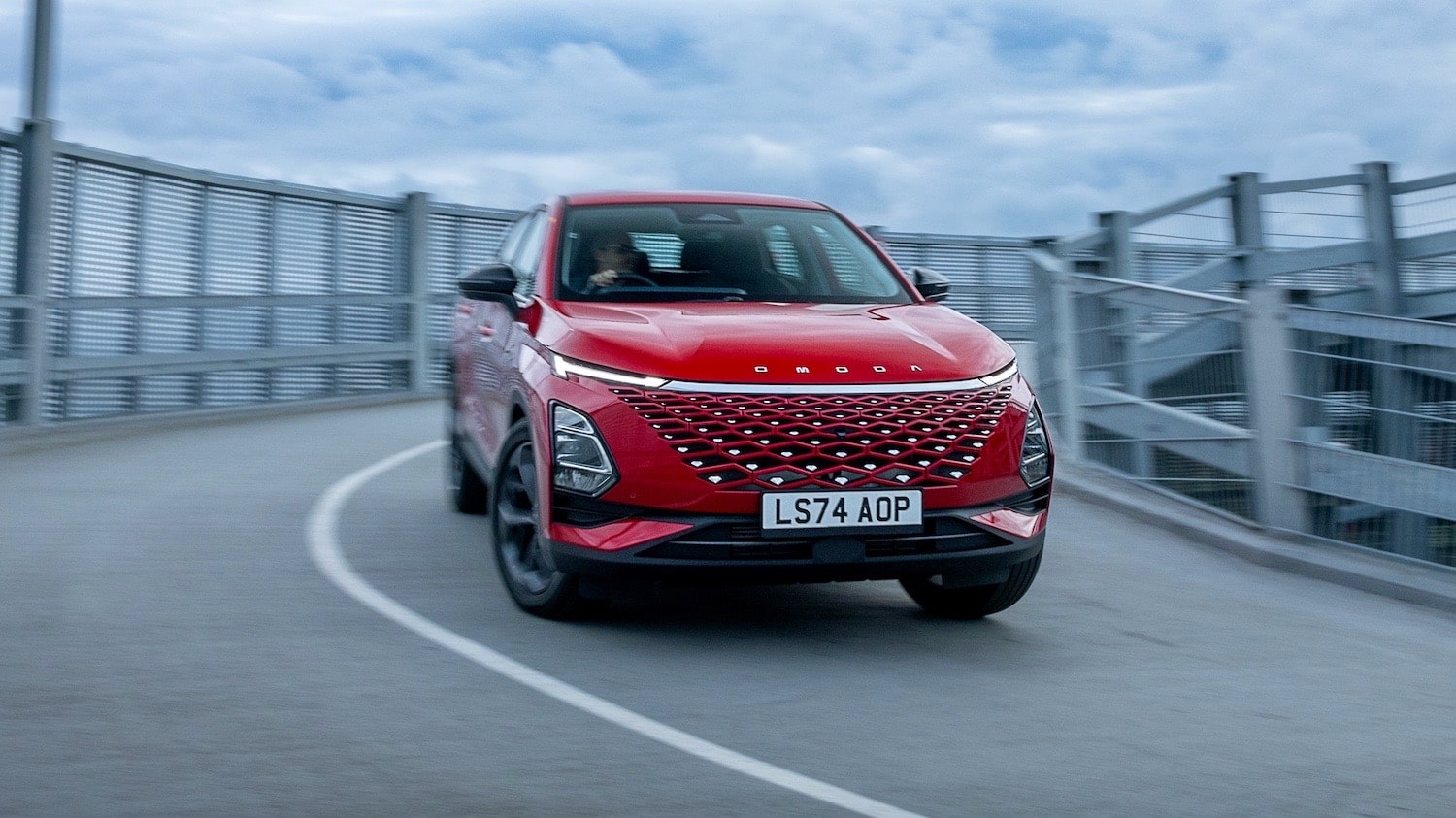
As such, it’s reminiscent of the first Japanese cars to enter the UK and all the controversy that came, including tariffs, which look like they will be repeated to “protect” less well-prepared and more expensive and established European brands.
Omoda has launched with some 60 dealers nationwide and with ambitions to sell approximately 6,000 models. Still, by the end of this year, they could rise to 100 dealers and 30,000 sales before additional models are introduced to take registrations to 40,000 models through 120 dealers in 12 months’ time.
The higher specified Noble version costs £27,035 and gains larger wheels, surround view camera, sunroof, heated seats, zoned A/C and powered tailgate.
The brand is well represented by a mix of public and privately owned dealerships, often alongside familiar brands, and it aims to plug gaps in remote areas of Scotland, the West Country, and Wales, away from the population centres.
Omoda is a new name but is part of China’s largest vehicle exporter, Chery, founded in 1997 and has worked with premium brands in the JLR stable in the Far East. Chery has sold 12M cars globally and employs 80,000 people, including approximately third engineers, so it takes design and technology very seriously.
Omoda has a European studio and engineering centre in Germany to refine the models for Continental markets and has tailored the current SUV for UK roads and driving styles. However, there is still some way to go and they are willing to make rapid changes with feedback from users.
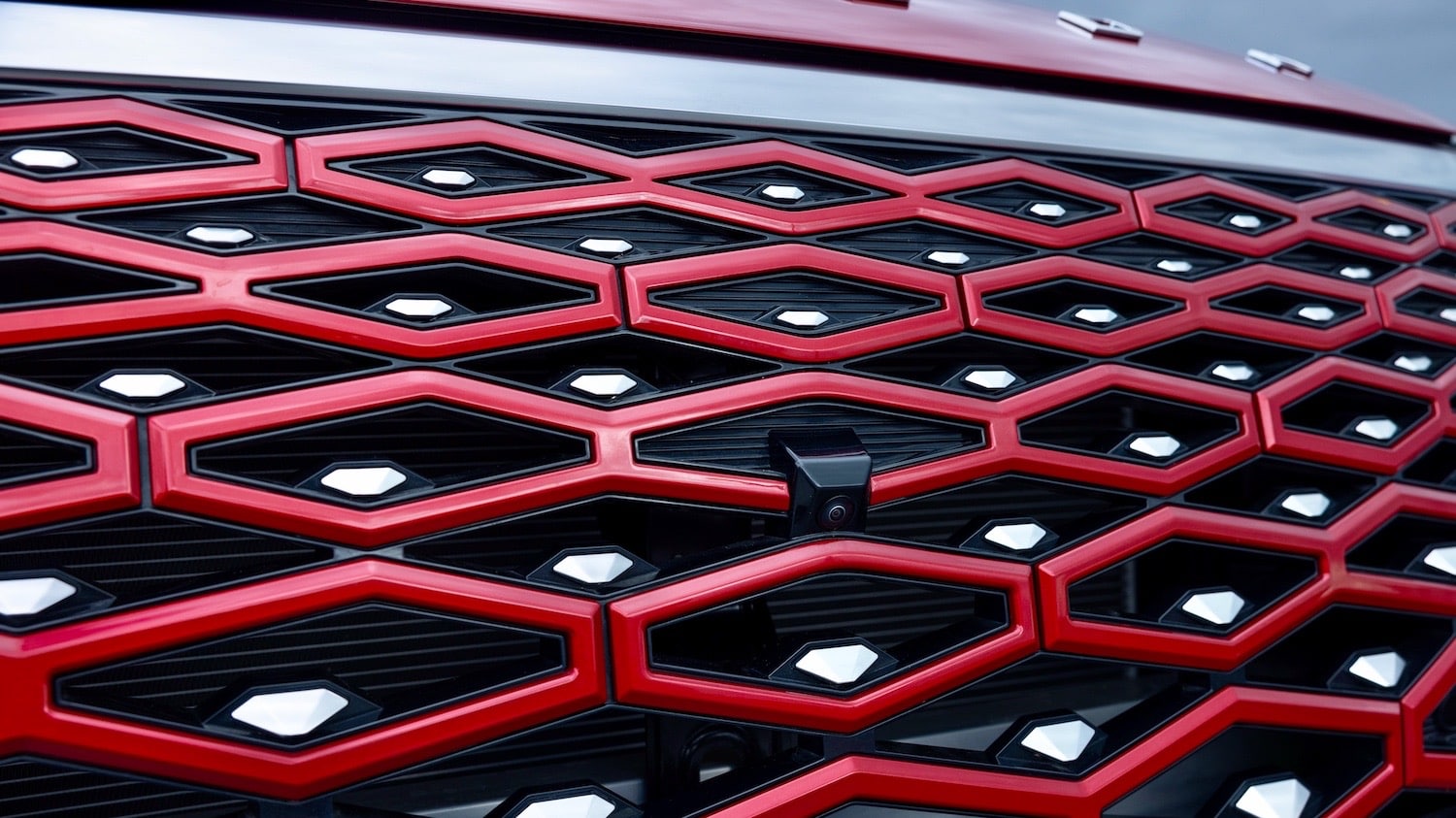
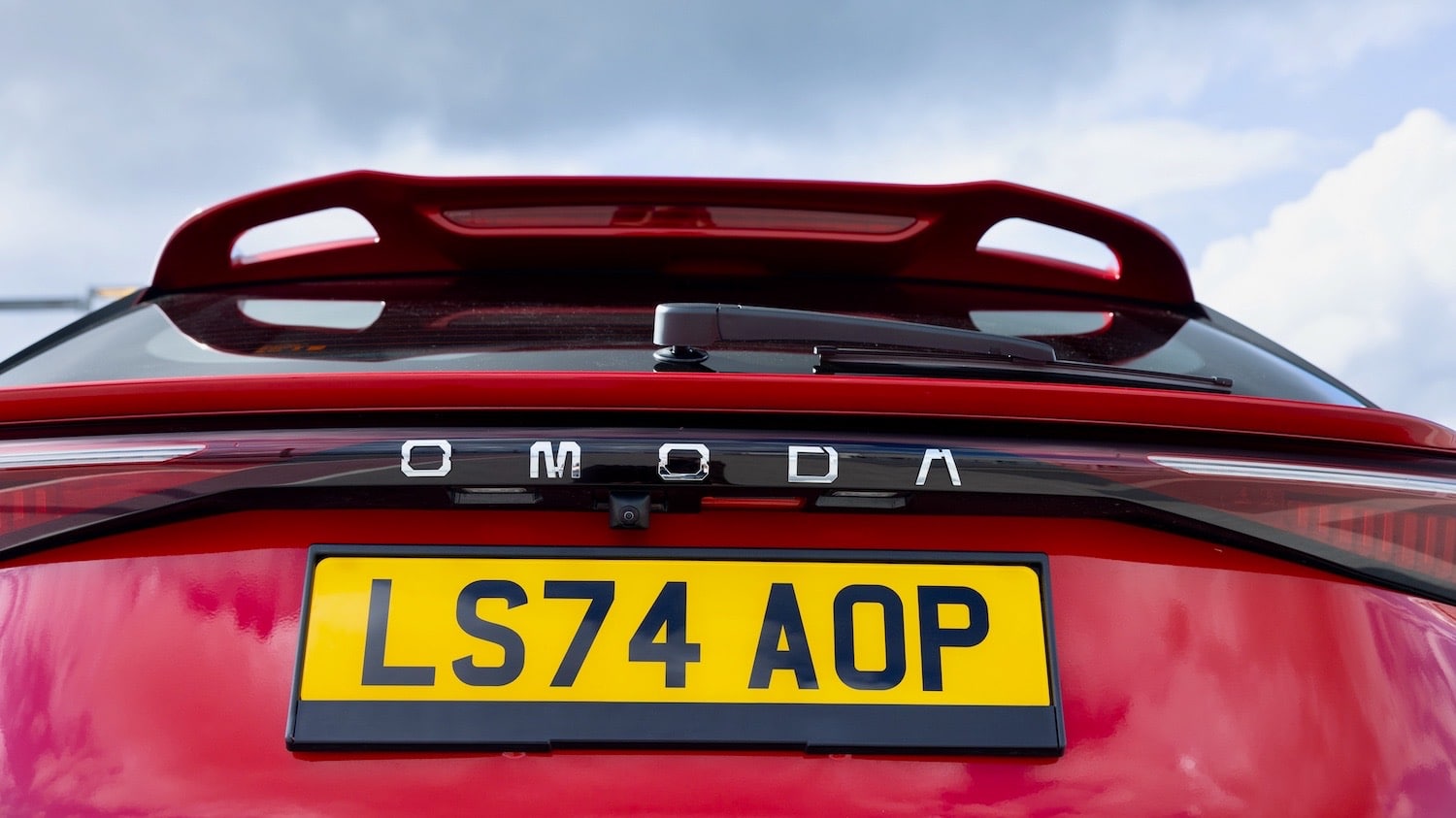
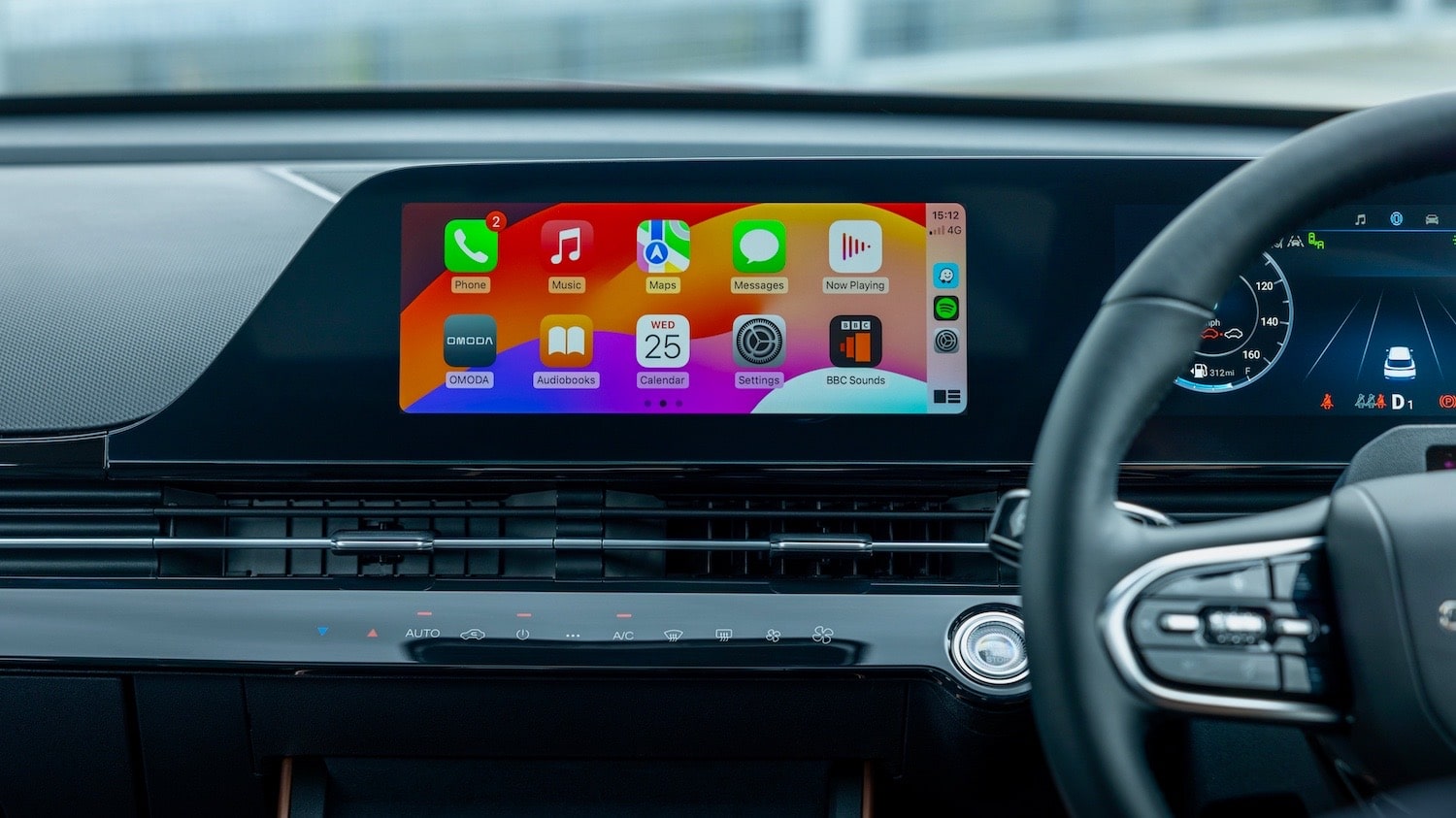

As we already had driven the Omoda E5, this brief first drive will concentrate on the petrol-powered model, which uses a European-designed and Chinese-built 4cyl engine matched with a seven-speed dual-clutch auto box. In some markets, it gets a 1.6-litre engine and a choice of front or all-wheel drive, which may be brought into the UK in the future.
A sophisticated front strut and rear multi-link suspension comes with all-round disc brakes, and under the skin is a very advanced safety system using cameras and sensors installed to meet the ever more demanding but necessary EuroNCap crash testing rigours. It lacks nothing against its rivals but comes at a lower price than its immediate challengers.
Inside are twin 10.15-inch screens for the familiar instruments and then a feature-packed infotainment system as well with large displays and readouts. There’s a multi-functional steering wheel, wireless connectivity, adaptive cruise control, three driving modes and LED lights.
On test and two-up, the acceleration was adequate but not exceptional, although the engine freely revved and the changes were very smooth.
It steered well and could be parked with precision once you overcame the blindspots through the windows and learned to trust the sensors.
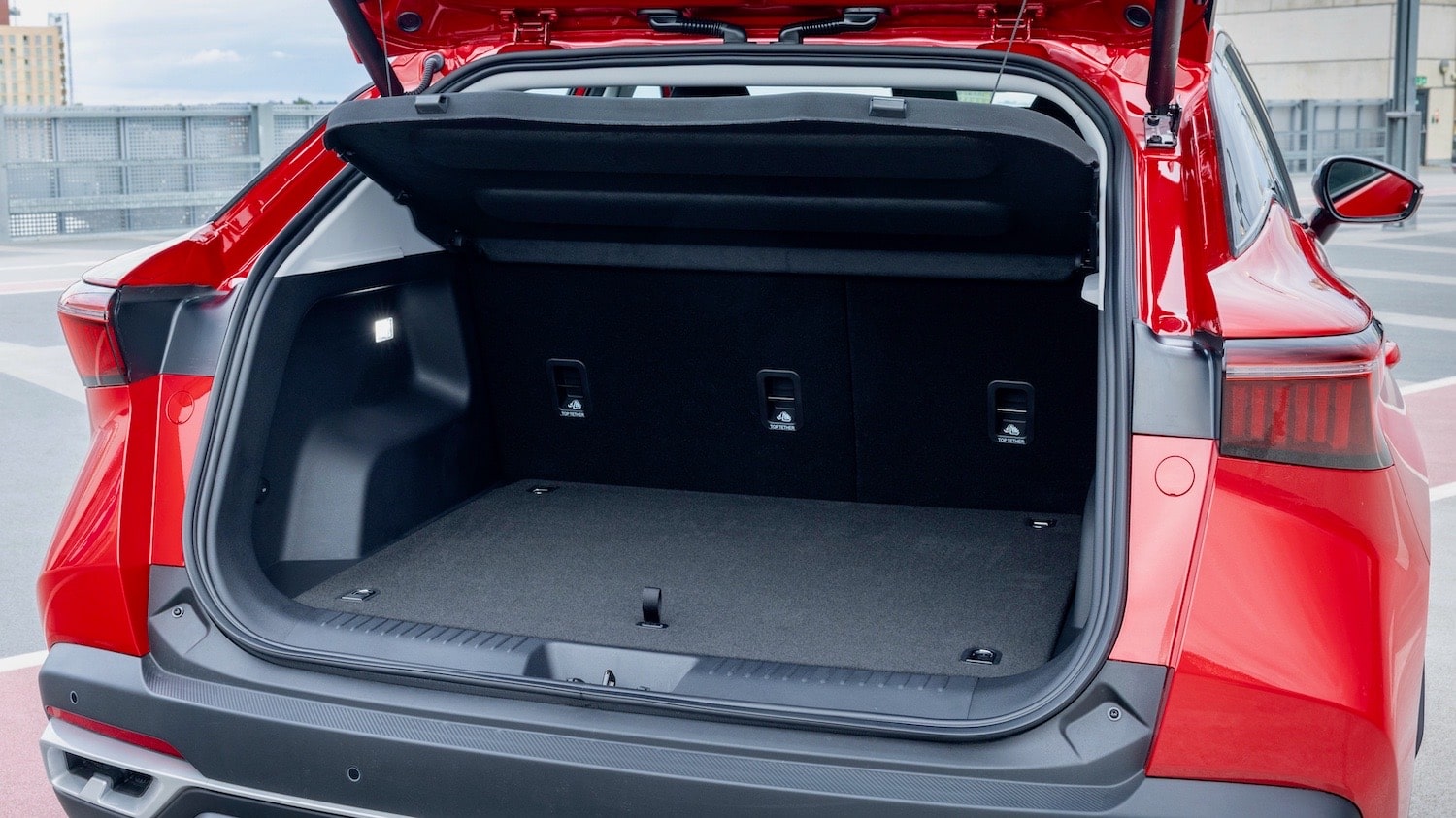

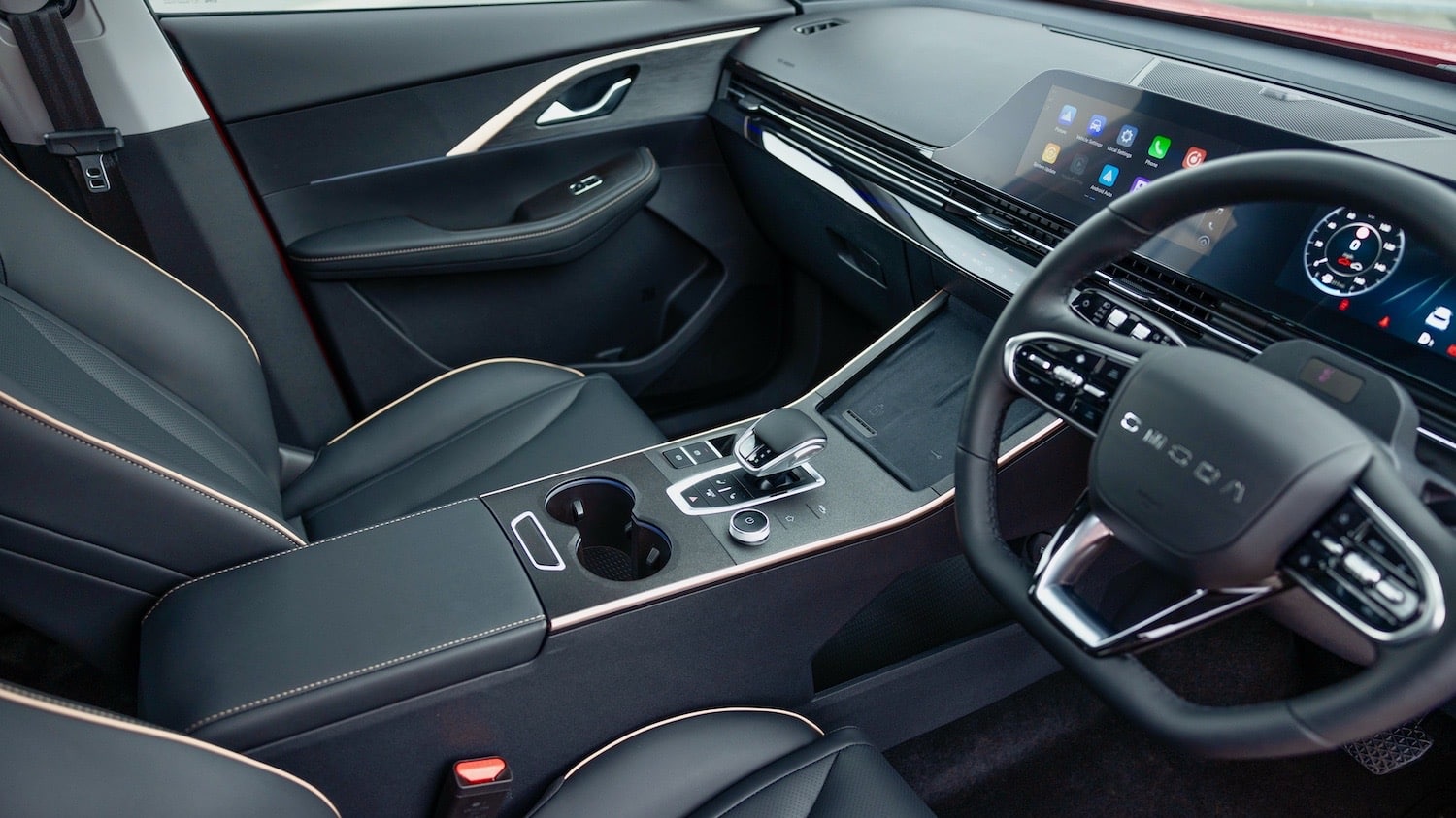
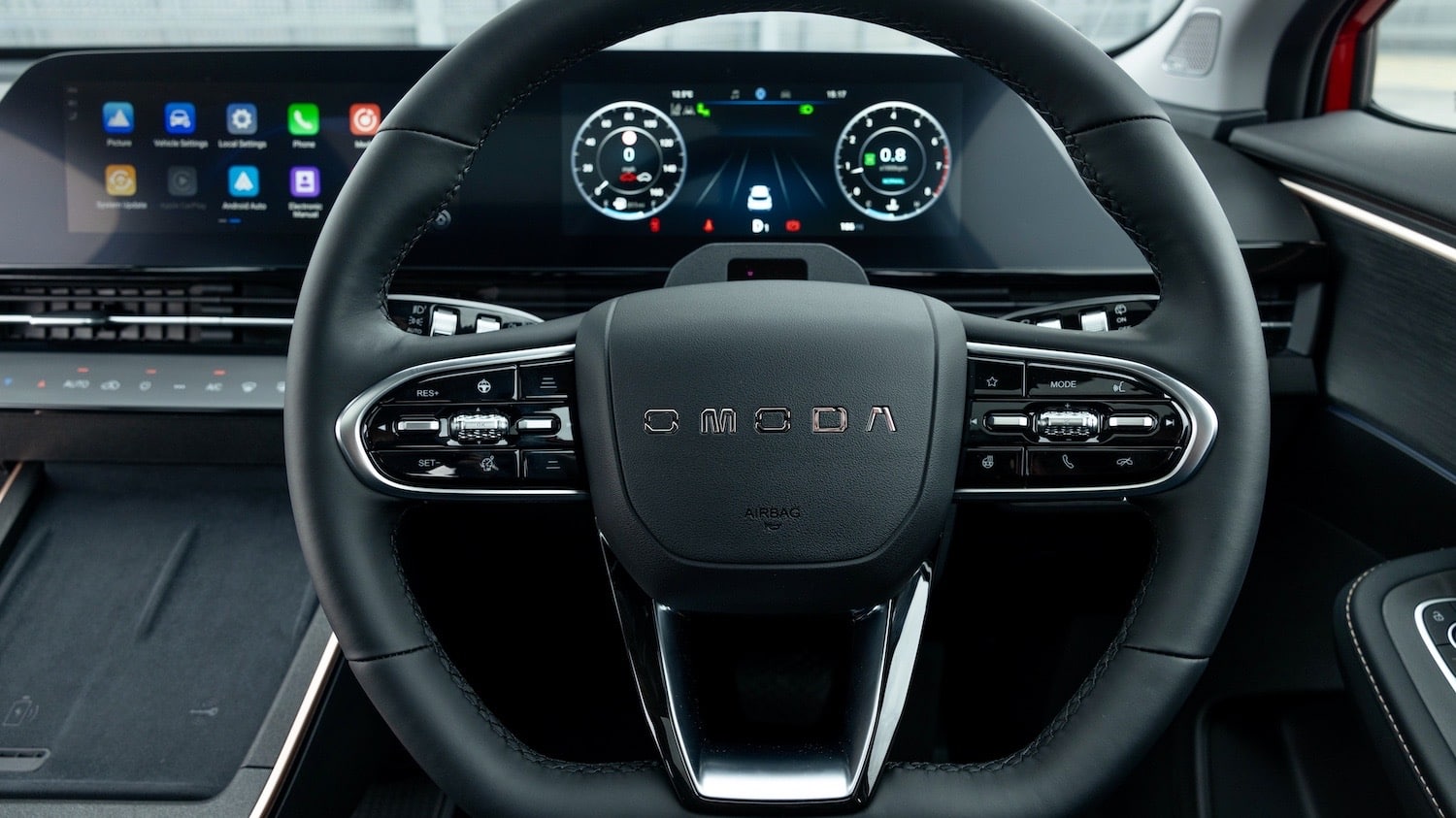
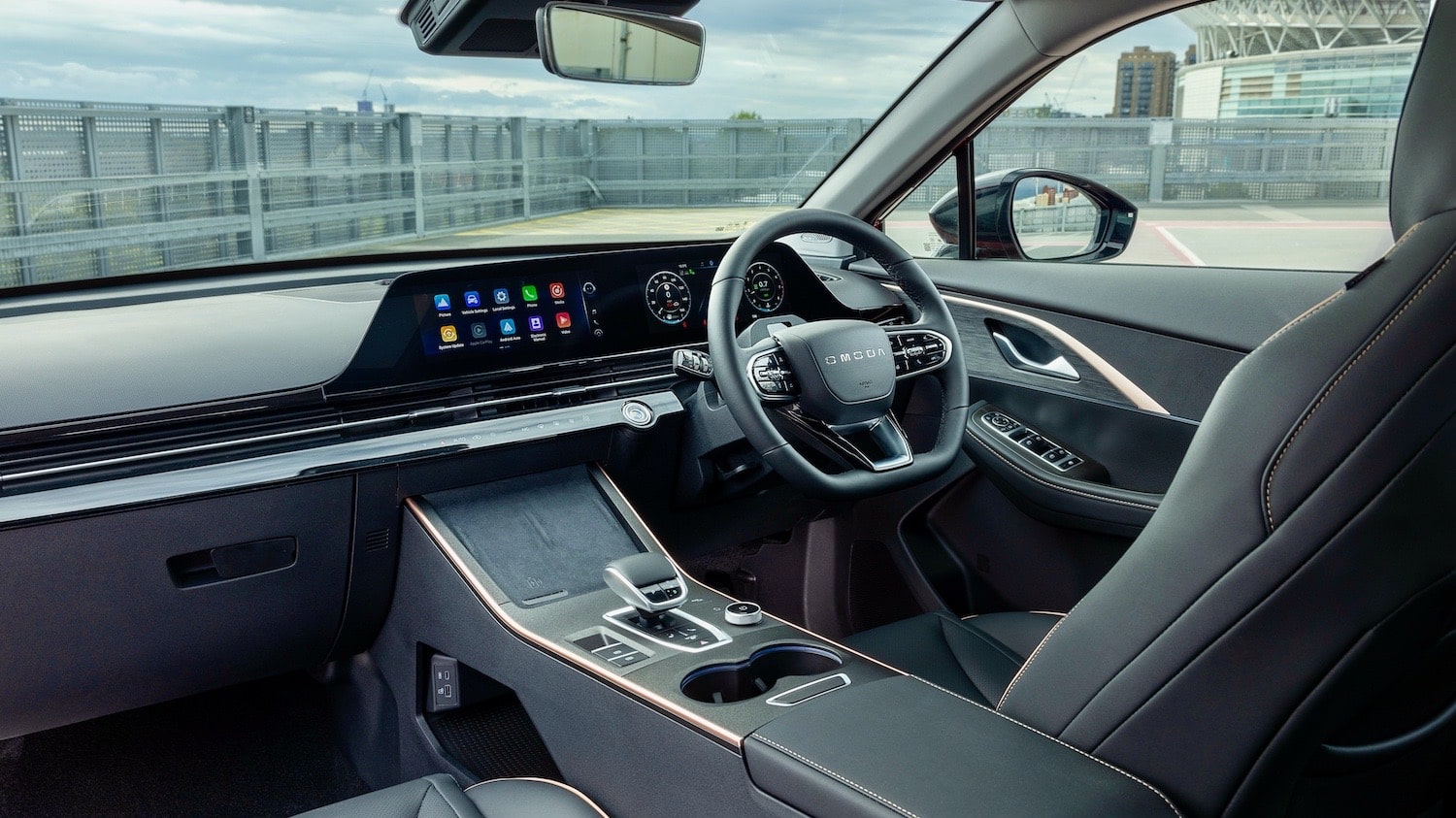
The handling was good and the road holding never gave a moment’s concern, but it wasn’t at its best on bad roads when the shock absorbers were very tautly set, and the rumbles from tyres were intrusive.
Seats did a good job soaking up bumps, but there was little support for anyone in the rear, even though the driver and passenger were treated to comfortable figure-hugging, high-backed seats.
In conclusion, I think the Omoda 5 is a reasonably priced family SUV with a reassuring warranty, good manners and will be an attractive alternative to current models and the diminishing number of petrol cars on sale.
For: Challenging price, reasonable performance, nice powertrain, fair consumption, high-tech interior
Against: Strong shock absorption, average rear legroom, small bootspace, some blindspots, road rumbles intrude

Robin Roberts
Motoring Journalist
Robin contributes to a number of outlets in Wales and the UK, including the Driving Force editorial syndication agency feeding the biggest regional news and feature publishers in Britain.
Robin was the longest serving chairman of The Western Group of Motoring Writers. He specialises in the Welsh automotive sector and motor related businesses with interests in Wales and publishes WheelsWithinWales.uk which covers news, features, trade and motor sport in Wales.
Recent Reviews
The latest cars, suvs and crossovers reviewed by our experienced journalists.
Kia EV3 GT-Line S, has all you could want
Be excited about this eye-catching electric SUV. This top-of-the-range model, the Kia EV3 GT-Line S,…
Kia Niro PHEV, a safe, stylish, compact SUV
The Kia Niro, one of the South Korean brand’s constant best-selling cars, we enjoyed the PHEV …
Nissan Qashqai e-Power, still the best Peoples SUV
Electric cars just don’t suit everyone and never will Car Reviewed: Nissan Qashqai e-POWER 190…
Mazda CX-80 Reviewed, a roomy contender
The elegant Mazda CX-80 is the flagship of the range and highlights Mazda’s ability to offer a premi…

